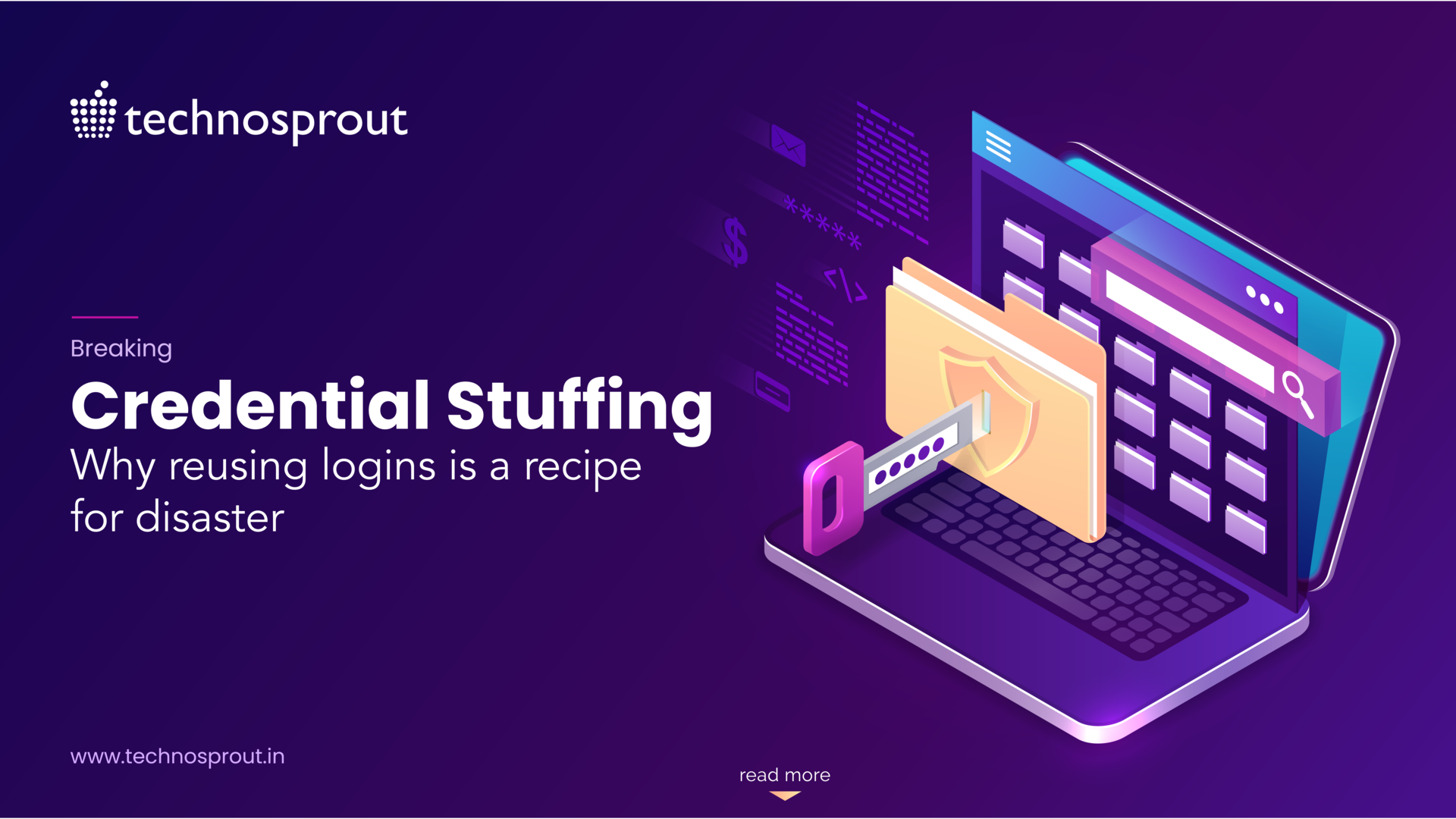Cloud Security & Visibility
For businesses to capitalize on the wealth of opportunities the cloud brings, it’s therefore imperative that they have complete visibility into their entire hybrid cloud and multi-cloud infrastructure, and all the interrelationships between applications, protocols, networks and servers involved in service delivery. This will enable them to assure efficiency and optimize their MTTR.
According to the 2018 IDG Cloud Computing Study, 77% of organizations have
deployed at least a portion of their computing infrastructure in the cloud. First seen as a cost-saving strategy, the cloud is now leveraged to accelerate IT service delivery, improve business continuity, and provide greater flexibility, resulting in competitive advantages in dynamic market conditions. You’d think that by now, security for the cloud has long since been resolved. Unfortunately, that is not the case.
What is Cloud Visibility?
Cloud visibility gives you the ability to have a detailed view of all the undergoing activities in your cloud. Resources on the cloud can be quickly and easily added or reduced, without the need for trial-and-error investments in hardware and software, therefore having a proper visibility can help you identify security threats and inefficient performance in your cloud deployment. In short, it’s the ability to access any data you need from your clouds.
Why is cloud visibility important?
As cloud environments continue to expand at an unprecedented pace, new security risks arise. The basic foundation of securing a cloud environment is “full-stack visibility” into your cloud assets. The first step to a strong security posture is deep, contextual visibility. Once you know what you have, where you have it and how secure it is, you can enforce customizable governance policies that keep your cloud compliant with internal and external standards.
Few benefits of cloud visibility are:
Performance Tracking
Having good cloud visibility enables you to solve problems as soon as they arise instead of going through customer services or relying on third party vendors.
Manage Costs
Good Visibility gives you a holistic view of your cloud and lets you discover underutilized resources and any wastage in your cloud deployment. For example, unused capacity could be costing you a significant amount of money that doesn’t contribute to organizational growth.
Security
While threat detection systems and firewalls might work for on-premises deployments, it’s a whole different scenario for cloud environments. This is because cloud infrastructure is elastic and sprawling. This might make it hard to keep track of everything that goes on with it.
Greater visibility into your cloud’s workings will enable you to spot security lapses and address them as soon as possible.
So how do you get visibility in the cloud and ensure that you’re secure? You can start by understanding that security is your responsibility, then adhering to these five best practices.
Asset inventory : Implement measures to Dynamically discover new resources upon deployment in the cloud and track historical changes for auditing purposes. It’s important to gain a unified view of your security and compliance posture across the full cloud native stack, complete application lifecycle and cloud environments.
Governance and compliance: Continuously monitor all cloud resources for misconfigurations, vulnerabilities and other security threats. Enforce government- and company-mandated compliance requirements using the industry’s most complete library of compliance standards. By knowing what you’ve got and what it’s doing at all times, you can limit your attack surface and mitigate risk.
Data security: This is another essential. Continuously monitor cloud storage for security threats, such as unencrypted storage volumes. Govern file access and mitigate malware attacks. Protect sensitive data and prevent leaks.
Shift visibility left: “The term “shift left” refers to a practice in software development in which teams focus on quality, work on problem prevention instead of detection, and begin testing earlier than ever before. Try to gain visibility and enforce governance policies across the entire application development lifecycle, from IDEs, SCM and CI tools to production environments running workloads as well as cloud services across multiple clouds.
Compromise management: You must accept the fact that even the most stringent security practices can’t prevent all breaches all the time. They will happen. So prepare to mitigate them when they do. Put processes and technologies in place that enable you to react quickly and subdue security breaches before they get out of control. Create an action plan before breaches happen, and then follow it as soon as a breach is detected.
Factors that could restrict cloud visibility into your cloud deployments are:
Scale
One of the main benefits for organizations on moving into clouds is scalability, they get the opportunity to increase their capacity and make the best out of them, but with the increase in capacity, the organization will have more infrastructure to monitor which inturn would bound to face more security challenges. You can read our blog and know more about Cloud security and it’s risks.
Loss of control
Moving to cloud means handing over the control of your organization’s IT infrastructure/data to cloud service providers. This means you no longer own the data centers on which your data resides. You don’t control the network your infrastructure/data resides on and therefore the loss of control could lead to loss of visibility.
Use of Inadequate Tools
There are tools specifically designed to help organizations monitor their workloads on cloud platforms. Unfortunately, it’s not enough to just have a tool. You need a tool that will work for your specific deployment. Tools, such as Prisma, can work across different cloud environments and different types of deployments.
Conclusion:
The cloud infrastructure is very vast and sprawling, it is very hard to keep track with what’s going on within it and if you can’t quickly and accurately see what’s going on across the entire infrastructure at all times, you are at the risk of now knowing when your network is being attacked or compromised. Coming to know about the breaches after the attack is of no use and your network has already been burned to the ground. To prevent this from happening, you need continuous visibility backed up with comprehensive security functions. Having a great cloud visibility helps you in improving your security posture, especially when you’re dealing with the dynamic, elastic nature of modern cloud computing environments.
Visit our website to know more about how you can enhance your cloud security and prevent data breaches from the cloud.






4 Responses
Thank you for your sharing. I am worried that I lack creative ideas. It is your article that makes me full of hope. Thank you. But, I have a question, can you help me?
Can you be more specific about the content of your article? After reading it, I still have some doubts. Hope you can help me.
Can you be more specific about the content of your article? After reading it, I still have some doubts. Hope you can help me.
Your article helped me a lot, is there any more related content? Thanks!